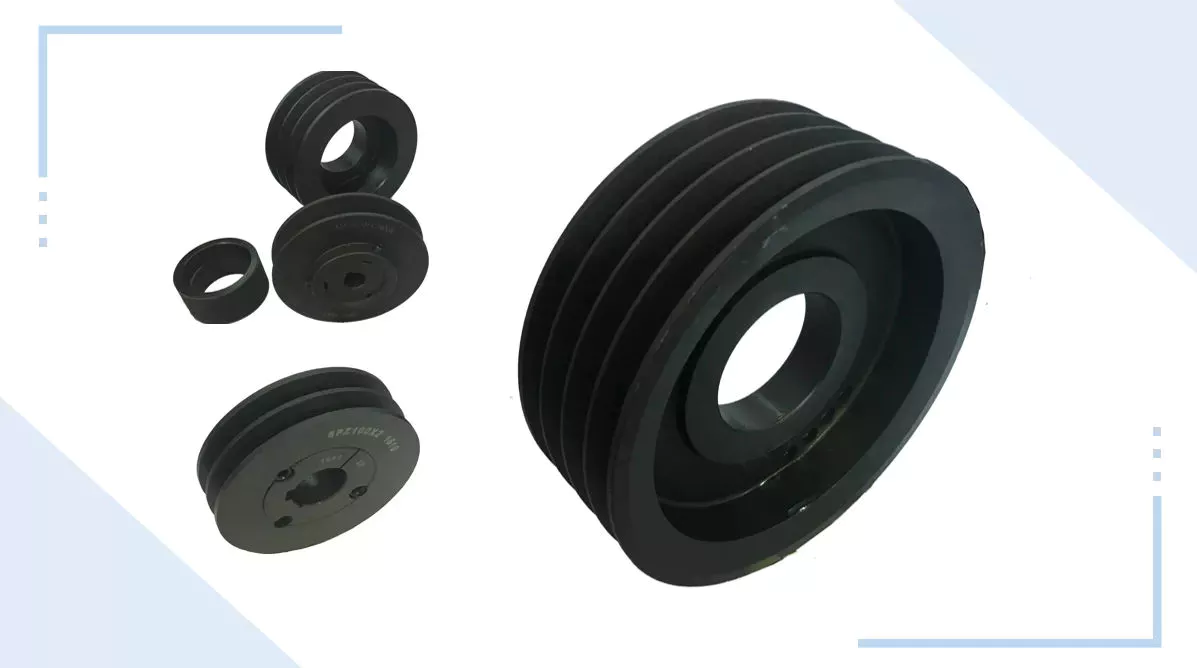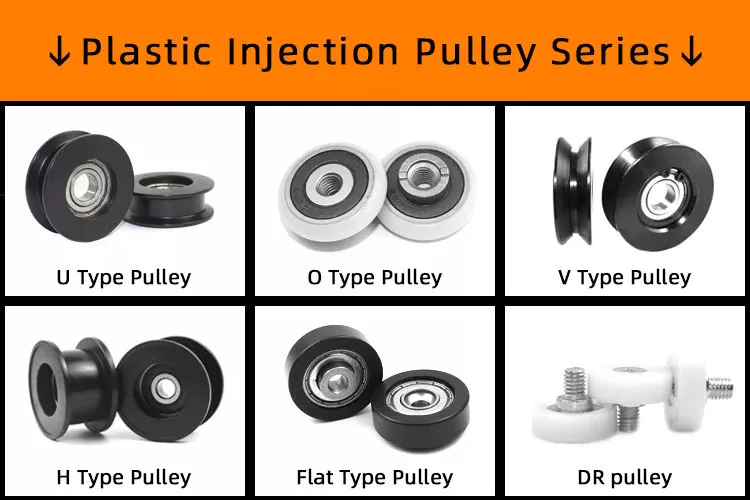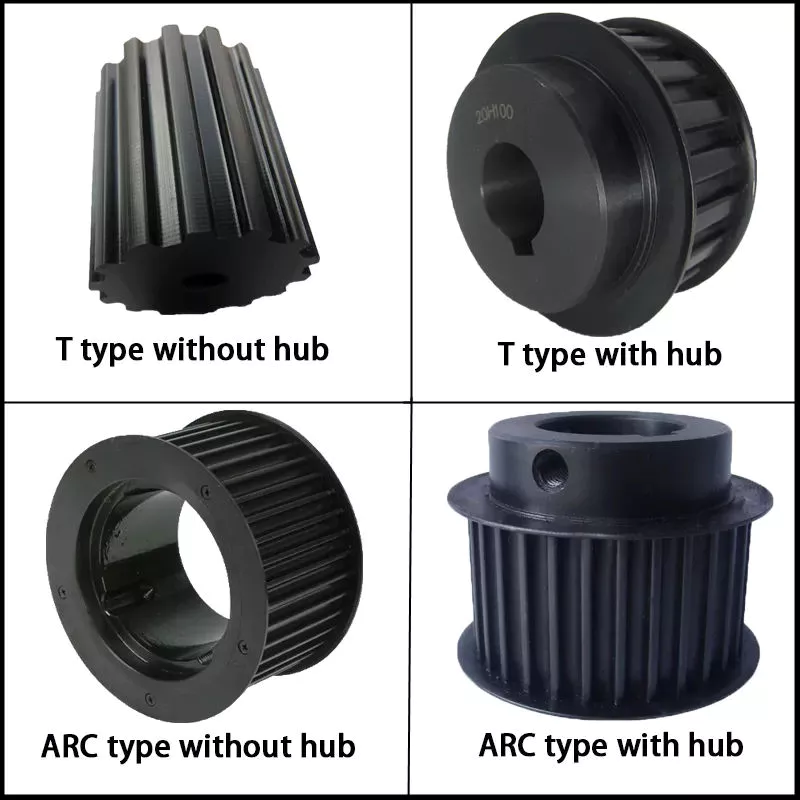Produktbeschreibung
Unternehmensprofil
HangZhou Doerbee International Trade Co. , Ltd. , located in HangZhou hi-tech Development Zone, ZheJiang Province, the company's main auto parts, mechanical and electrical supplies. Our company has established long-term and stable cooperative relations with many auto parts factories in ZHangZhoug and ZheJiang provinces. We value credit, abide by contracts, guarantee product quality, win the trust of our customers, and make every effort to follow their needs, continuous product innovation and service improvement. OEM, sample can be customized. We will gradually improve the product types and details, if you have non-standard products need us to help you find Chinese manufacturers, please contact us, send samples, we will be your most responsible and professional partner in China. Looking CHINAMFG to working with you.
Every month, we will go back and forth to each auto parts manufacturer to find and compare all kinds of high quality and low price products for you. If you have samples, but can not confirm the model or name, you can also send samples to us, we will try our best to find out the sample manufacturers in China, compare the quality for you, and provide quotation. We represent all kinds of auto parts and mechanical and electrical products, in the future we will continue to improve the product category, please pay attention to us, any need, please feel free to contact us. At present, there are more than 300 types of overrunning clutch pulley , only 30 types on the shelf for reference. Please send us the type of pulley you need. We'll be at your service.
| original number | original number | Generator number | Applicable Models | |||
| OD1 | 61 | 33310 | 920065 | |||
| OD2 | 54 | 1006533 | ||||
| W | 36.4 | 513B15716 | ||||
| R | 5 | 12638803 | ||||
| ID | 17 | 13513070 | ||||
| M | M16 | 13587308 | ||||
| Clock | CW | 13587311 | ||||
| 23506937 | ||||||
| 23508626 | ||||||
| 5257143 | ||||||
| 52145717 | ||||||
| 95519904 | ||||||
| 1257169 |
Q1. How to buy?
A1:Large quantity for more discount : Inquiry → Quotation → Price resonable → Check with specification → Proforma Invoice sent → Payment made → Product shipment → Customer
Q2. What is your terms of payment?
A2:T/T 30% as deposit, and 70% before delivery. We'll show you the photos of the products and packages before you pay the balance.
Q3. How about your delivery time?
A3:Generally, it will take 20 to 40 days after receiving your advance payment. The specific delivery time depends on the items and the quantity of your order.
Q4. Can you produce according to the samples?
A4:Yes, we can produce by your samples or technical drawings.
Q5. What is your sample policy?
A5:We can supply the sample if we have ready parts in stock, but the customers have to pay the sample and courier cost.
Q6. Do you test all your goods before delivery?
A6:Yes, We will take 100% testing and photos before delivery, and keep communication with you at any time.
Q7: How do you make our business long-term and good relationship?
A7:We are not only partners, but also friends. We will try our best to provide you with the most cost-effective products. If you have any goods that are difficult to purchase, we will try our best to find them in China. We will become your most trusted buyers in China.
/* March 10, 2571 17:59:20 */!function(){function s(e,r){var a,o={};try{e&&e.split(“,”).forEach(function(e,t){e&&(a=e.match(/(.*?):(.*)$/))&&1
| Kundendienst: | 100000 Km |
|---|---|
| Warranty: | 2 Years |
| Typ: | Auto Clutch Bearing |
| Material: | Carbon Steel |
| Tolerance: | P5 |
| Certification: | TS16949 |
| Proben: |
US$ 8/Piece
1 Stück (Mindestbestellmenge) | |
|---|
| Anpassung: |
Verfügbar
| Kundenspezifische Anfrage |
|---|

What are the applications of pulleys in the automotive industry?
Pulleys have various applications in the automotive industry, contributing to the operation of different systems within vehicles. Here are some common applications of pulleys in the automotive industry:
1. Engine Systems: Pulleys are extensively used in the engine systems of vehicles. The crankshaft pulley, also known as the harmonic balancer, is connected to the engine crankshaft and drives various engine accessories through the use of belts. These accessories may include the alternator, power steering pump, water pump, air conditioning compressor, and more. The rotation of the crankshaft pulley powers these accessories, allowing them to perform their respective functions.
2. Serpentine Belt Systems: Modern vehicles often use a serpentine belt system, which is a single, long belt that drives multiple engine accessories simultaneously. The serpentine belt travels around various pulleys, including the crankshaft pulley, tensioner pulley, idler pulleys, and accessory pulleys. These pulleys guide and maintain the tension of the serpentine belt, ensuring efficient power transfer to the engine accessories.
3. Timing Belt/Chain Systems: Timing belts or chains are used in internal combustion engines to synchronize the opening and closing of engine valves with the movement of the pistons. Pulleys known as timing belt pulleys or timing sprockets are mounted on the camshafts and crankshafts, and they work together with the timing belt or chain to ensure precise valve timing. These pulleys play a crucial role in maintaining engine performance and preventing valve interference.
4. Supercharger/Blower Systems: Pulleys are integral components in supercharger or blower systems used in performance vehicles. These systems compress the incoming air to increase engine power and performance. The pulley on the supercharger or blower is driven by the engine crankshaft pulley through a belt or a drive system. By changing the size of the pulley, the speed and boost level of the supercharger or blower can be adjusted.
5. Tensioners and Idler Pulleys: Tensioners and idler pulleys are crucial in maintaining proper belt tension and alignment in automotive systems. Tensioner pulleys are designed to apply tension to belts, ensuring they remain properly seated on the pulleys throughout their operation. Idler pulleys guide the belt and help maintain its alignment. These pulleys contribute to the smooth and reliable operation of various belt-driven systems, reducing slippage and preventing premature belt wear.
6. Accessories and Auxiliary Systems: Pulleys are also employed in various auxiliary systems and accessories in vehicles. These may include systems such as power windows, windshield wipers, cooling fans, and more. Pulleys in these systems facilitate the transfer of rotational motion from motors to mechanical components, enabling the desired functionality.
Overall, pulleys play significant roles in the automotive industry by driving engine accessories, maintaining belt tension, synchronizing engine timing, enhancing performance, and supporting various auxiliary systems. Their proper functioning is crucial for the reliable and efficient operation of automotive systems and components.

Können Flaschenzüge sowohl zum horizontalen als auch zum vertikalen Heben verwendet werden?
Ja, Flaschenzüge können sowohl zum horizontalen als auch zum vertikalen Heben verwendet werden. Die Vielseitigkeit von Flaschenzugsystemen ermöglicht ihren Einsatz in verschiedenen Hebeanwendungen, unabhängig von der Richtung der Last. So können Flaschenzüge zum horizontalen und vertikalen Heben verwendet werden:
1. Horizontales Heben: Beim horizontalen Heben können Seilrollen eingesetzt werden, um die Richtung der auf die Last ausgeübten Kraft zu ändern. Durch die Verwendung einer Kombination aus festen und beweglichen Seilrollen kann die Kraft umgeleitet werden, um die Last horizontal zu ziehen. Dies ist häufig bei Anwendungen wie manuellen Hebezeugen oder Flaschenzugsystemen im Bauwesen zu beobachten, bei denen schwere Objekte horizontal über Entfernungen bewegt werden müssen.
2. Vertikales Heben: Flaschenzüge werden häufig bei vertikalen Hebeanwendungen wie Kränen, Aufzügen und Hebesystemen verwendet. Bei diesen Aufbauten sind die Flaschenzüge normalerweise so angeordnet, dass die Last vertikal angehoben werden kann. Durch die Verwendung mehrerer Flaschenzüge und Seile oder Kabel kann ein mechanischer Vorteil erzielt werden, der das Anheben schwerer Lasten erleichtert. Die Flaschenzüge verteilen das Gewicht der Last auf mehrere Seile und verringern so den zum Anheben der Last erforderlichen Kraftaufwand.
Es ist zu beachten, dass die Anzahl und Anordnung der Rollen je nach den spezifischen Hebeanforderungen variieren kann. Eine einzelne feste Rolle kann beispielsweise die Kraftrichtung ändern, bietet jedoch keinen mechanischen Vorteil. Systeme mit mehreren Rollen, wie zusammengesetzte Flaschenzugsysteme oder Flaschenzugsysteme, können hingegen einen erheblichen mechanischen Vorteil bieten, wodurch das Heben schwererer Lasten einfacher wird.
Ob horizontales oder vertikales Heben, die Prinzipien der Flaschenzugmechanik bleiben dieselben. Flaschenzüge ermöglichen Kraftumleitung, mechanische Kraftübertragung und Lastverteilung, wodurch Hebeaufgaben effizienter und handhabbarer werden. Die spezifische Konfiguration und Einrichtung des Flaschenzugsystems hängt von den Hebeanforderungen und dem gewünschten Grad an mechanischer Kraftübertragung ab.

What materials are typically used to manufacture pulleys?
Pulleys are manufactured using a variety of materials, depending on the specific application and requirements. Here are some of the materials that are typically used to manufacture pulleys:
1. Metal Alloys: Metal alloys such as steel and cast iron are commonly used to manufacture pulleys. Steel pulleys offer excellent strength, durability, and resistance to wear and corrosion. Cast iron pulleys are known for their high strength and resistance to impact and shock loads. Metal alloys are preferred in heavy-duty applications where strength and durability are critical.
2. Aluminum: Aluminum is widely used in pulley manufacturing due to its lightweight nature and corrosion resistance. Aluminum pulleys are commonly used in applications that require reduced weight, such as automotive engines, aircraft components, and light-duty machinery. They offer good strength-to-weight ratio and are suitable for applications where weight reduction is a priority.
3. Plastic: Various types of plastics, including nylon, polyurethane, and high-density polyethylene (HDPE), are used to manufacture pulleys. Plastic pulleys are lightweight, corrosion-resistant, and offer good resistance to wear and abrasion. They are commonly used in applications where noise reduction, chemical resistance, or non-conductive properties are required. Plastic pulleys are frequently used in conveyor systems, packaging machinery, and small-scale equipment.
4. Composite Materials: Composite materials, such as fiberglass-reinforced plastic (FRP) and carbon fiber-reinforced polymer (CFRP), are utilized in the manufacturing of pulleys. These materials offer high strength-to-weight ratios, excellent resistance to corrosion, and good fatigue resistance. Composite pulleys are commonly used in industries such as aerospace, marine, and sports equipment, where lightweight components with exceptional strength are required.
5. Ceramics: In certain specialized applications, pulleys made of ceramics like aluminum oxide (alumina) or silicon nitride are used. Ceramic pulleys offer exceptional hardness, high temperature resistance, and excellent wear resistance. They are primarily used in industries such as semiconductor manufacturing, where extreme precision, chemical resistance, and resistance to high temperatures are crucial.
It's important to note that the choice of material for pulley manufacturing depends on factors such as load capacity, operating conditions, environmental factors, and cost considerations. Manufacturers select materials that provide the necessary properties to meet the specific requirements of the application while considering factors such as strength, durability, weight, and cost.


Herausgeber von CX
2024-01-25
